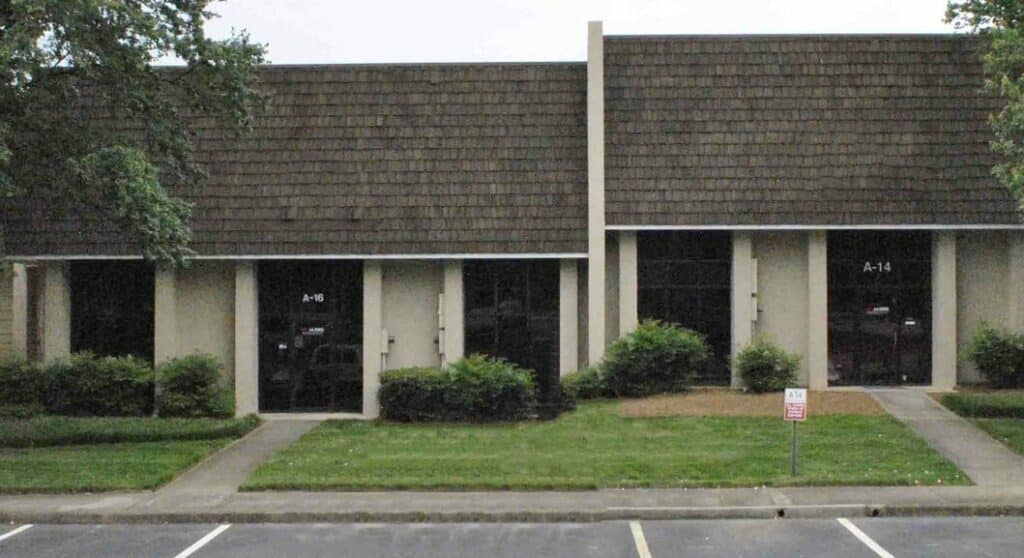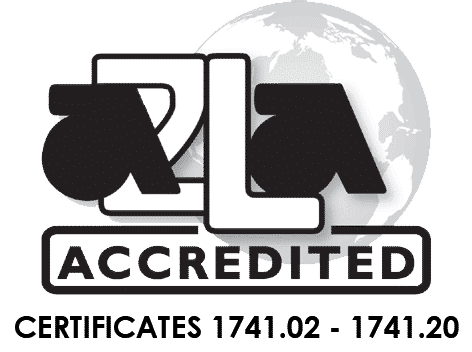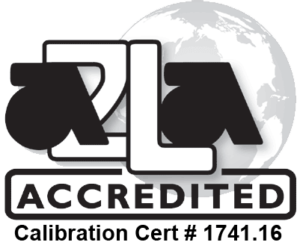Ash and Odor Testing
Ash and Odor Testing Services
In our ISO 17025 accredited testing facilities, we’re able to perform a wide range of physical testing services, including ash content analysis and odor test methods. These are both important steps in research and development for products and can provide valuable insights to both manufacturers and commercial operations.
Ash lab tests are typically performed to determine what amount of a sample is filler content. This data is used to estimate how the sample will perform throughout its lifecycle based on ambient temperatures it will be exposed to. Ash testing procedures are also performed to test fire residues for analytes of interest, including soot, char, or black carbon. This can also provide important data when choosing parts and predicting product interactions.
Odor analysis procedures can be done to ensure no offensive odor is present in a finished product. They can also be performed to target offending odors and determine the source. This can rapidly become a complicated process when there are inks, gases, adhesives, coatings, and other raw materials.
The complexity and necessity of these testing procedures is why it’s recommended to work with a professional ash and odor testing company. Cross Company Testing can provide you with the data and test results you need for your product.
Ash Testing Methods and Services
An ash test is performed to determine if a test material is filled, what that filler content is, and how that filler content reacts to changes (for instance, catching fire). A limitation of ash testing is that it cannot, by itself, determine individual percentages in multi-filled samples. However, this functionality can be gained from additional testing procedures.
Performing an ash analysis test involves taking a known sample amount and placing it in a pre-weighed crucible. Then burning away any polymers and weighing the crucible again. The ash residue left is considered to be filler (unless the residue is less than 1%, in which case they may be the result of additives).
This test can express the percentage of ash. The ash residue is also examined to determine the composition of the ash (eg, glass, mineral, or a combo).
The Cross Testing lab facility is equipped with state-of-the-art testing equipment capable of performing reliable ash analysis methods. Contact us to learn more about ash testing or to schedule a test. Learn more about ash testing.
Ash analysis
SEM/XRD analyses
Fire residue analysis
Ash residue testing
Percentage of ash content
Odor and Ash Testing Methods For Your Industry
There are many applications for ash testing and odor testing in industrial settings. Ash and odor testing can help your operation make important decisions that affect your product material choice, product material quality, and the satisfaction of your end users.
At Cross, we’re familiar with the needs, standards, and regulatory requirements of many distinct industries. Which makes us uniquely qualified to perform the testing procedures your product, component, subassembly, or material require. Our laboratory analysis procedures for ash testing and odor testing are performed in accordance with recognized industry standards and performed under strict control procedures. That way, you can know your results are accurate and relevant to your process.
Aerospace
Automotive
Construction
Medical Devices
Consumer Products
Odor Testing Methods and Services
Odor analysis testing refers to testing products or materials for scents, smells, or any other olfactory considerations. In more general terms, it is testing for distinctive smells (typically unpleasant or offensive smells). Odor testing can be used in a variety of contexts. For instance, in textile manufacturing, odor testing can be useful in determining material resistance to odors from sweat or bacterial metabolism.
Odor testing procedures are conducted to locate and quantify odorous air samples based on human perception. If there’s a risk that odor will affect the quality of a product, odor identification tests can be utilized to find offending components and reduce that risk.
Some common standards for identifying odor in products or materials are ASTM International E679, EN 13725, and ASTM International E544.
If you’re in need of reliable odor analysis and testing, Cross Company can help. Contact us to learn more or to schedule a test.

Combining Odor/Ash Testing Procedures
Often, just one testing procedure isn’t enough to accurately predict how a product will behave in the hands of end users or in its intended operating conditions. That’s why we generally recommend combining ash testing or odor testing with other test procedures we offer.
This can include other physical testing procedures like vibration testing or flammability testing to simulate other conditions the product may be exposed to. Or it can include environmental testing procedures like thermal shock testing, durability testing, or alternating climate testing. Combining these testing procedures is a reliable means of gathering information and generating predictions for future product behavior.
For a product to have success in the field, it needs to be able to withstand many, many stressors. When you partner with Cross for your testing needs, we’re able to simulate many of the conditions your product will face. We can also devise custom testing procedures based on your product, your industry, and your end user needs.

Why Cross Odor Testing and Ash Testing?
At Cross, the most important thing to us is the success of our customers. That’s why we go out of our way to design custom testing solutions that ensure future production success for every single one of them. All while also offering world-class customer service. And when you combine those two factors with industry-leading expertise and a cutting-edge testing lab, you get a winning combination.
Our ISO 17025 accredited testing facilities in the U.S. and Mexico can provide you with product testing, materials testing, environmental testing, lifecycle testing, and many other testing services. Whether it’s for automotive, aerospace, consumer products, pharmaceutical, or a wide range of other industries, we can help.
There’s a reason so many companies and manufacturers across so many industries choose to work with Cross Testing again and again. Contact us today and we’ll give you a reason to keep coming back, too.
Find Ash and Odor Testing Near Me
Offering a range of testing services from our testing laboratories in the U.S. and Mexico. Learn more about the expert testing procedures performed in our state-of-the-art facilities. We can provide you with actionable data about your parts or materials so that you can make the best decisions for your product, your production process, and your end users. We can also provide calibration services, inspection services, and metrology products through our network of ISO 17025 accredited precision measurement labs.


